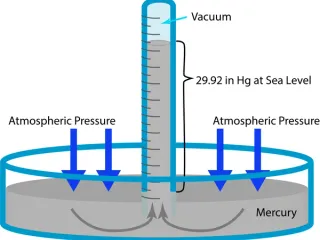The gastrointestinal (GI) tract, also known as the digestive system, is a complex and vital organ system responsible for the breakdown of food into absorbable nutrients, the absorption of those nutrients into the bloodstream, and the elimination of waste products. Its functionality is crucial for overall health and well-being.
Anatomy of the GI Tract
The GI tract is a continuous muscular tube extending from the mouth to the anus. Key components include:
- Mouth: Mechanical and chemical digestion begins here with chewing and the action of saliva.
- Esophagus: A muscular tube transporting food to the stomach.
- Stomach: A muscular sac that mixes food with gastric juices, initiating protein digestion.
- Small Intestine: Divided into the duodenum, jejunum, and ileum, it's the primary site of nutrient absorption. The lining is folded into villi and microvilli to maximize surface area.
- Large Intestine (Colon): Absorbs water and electrolytes, forming feces.
- Rectum: Stores feces before elimination.
- Anus: The opening through which feces are expelled.
Physiology of Digestion and Absorption
Digestion involves the mechanical and chemical breakdown of food. Mechanical digestion includes chewing, churning in the stomach, and segmentation in the intestines. Chemical digestion relies on enzymes secreted by various glands, breaking down carbohydrates, proteins, and fats into smaller molecules.
Absorption occurs primarily in the small intestine, where nutrients are transported across the intestinal lining into the bloodstream. The large intestine absorbs water and electrolytes, solidifying the waste material.
The Role of Gut Microbiota
The GI tract harbors trillions of microorganisms, collectively known as the gut microbiota. This complex ecosystem plays a crucial role in digestion, immunity, and overall health. An imbalance in the gut microbiota (dysbiosis) has been linked to various health problems.
Common GI Disorders
Many disorders can affect the GI tract. Some of the most prevalent include:
- Gastroesophageal Reflux Disease (GERD): Frequent backflow of stomach acid into the esophagus.
- Irritable Bowel Syndrome (IBS): A chronic condition characterized by abdominal pain, bloating, and altered bowel habits.
- Inflammatory Bowel Disease (IBD): A group of chronic inflammatory conditions affecting the GI tract, including Crohn's disease and ulcerative colitis.
- Celiac Disease: An autoimmune disorder triggered by gluten consumption.
- Diverticulitis: Inflammation of small pouches (diverticula) in the colon.
Diagnosis and Treatment
Diagnosis of GI disorders often involves a combination of physical examination, medical history, and diagnostic tests such as endoscopy, colonoscopy, and blood tests. Treatment varies depending on the specific condition and may involve lifestyle changes, medication, or surgery.
This overview provides a general understanding of the GI system. For specific medical concerns, consult a healthcare professional.























